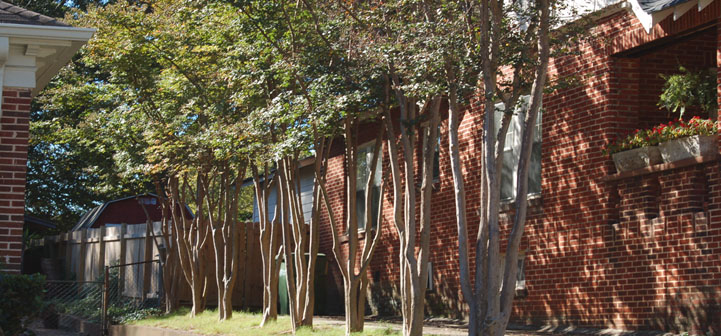Glassfiber insulation is made from strands of glass fiber and temporarily loses its thermal resistance when it gets wet. However, if it can dry out and has not become compacted, it will retain its insulating properties.
Wet insulation in a closed wall cavity will usually not rapidly dry out. Wet insulation in a wall will migrate to the bottom soaking the wallboard and framing materials. Wetness (existing even just for a few days) will not only reduce the insulating quality of the insulation, but it might not dry soon enough to prevent mold and wood decay from forming.
While a contractor may use a moisture meter to detect wetness in a wall, the consumer may have to open the wall cavity to determine if it is wet and allow the insulation and adjacent materials to dry.
If the source of moisture is from the inside of a wall (for example a pipe leak in the wall), and if the insulation is not dry within 2-3 days, it should be removed. Before doing this, be sure to shut off electricity to the area affected. To avoid a major wall renovation you might want to first try to remove the baseboard trim and cut the wallboard just high enough to remove the wet insulation. Allow the wall cavities to dry out before closing up the wall (this may take days or weeks). Then replace the wallboard and hide the cut away drywall with wider baseboard trim.
If the insulation became wet from water that contained any contaminates such as flood water and sewage, then the affected insulation and the wallboard are likely ruined, and both materials need to be removed as soon as possible. Flood water carries possible toxins that can be deposited in the wallboard and insulation and will remain after the water evaporates.
